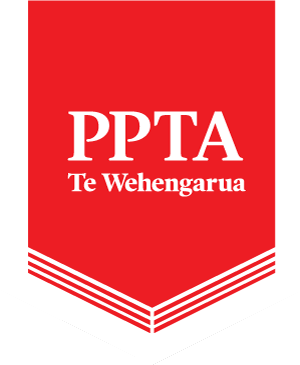Seamless transition or jagged edge? Report of the Secondary-Tertiary Interface Taskforce 2013
The report concludes that the policy, while producing some clear benefits to many students who might otherwise be at risk of disengagement from education, has some major problems which need to be addressed urgently.
The Seamless Transition or Jagged Edge? report is the result of a wide-ranging investigation, conducted by the Taskforce during 2013, into all the initiatives loosely gathered under the government policy heading "˜Youth Guarantee'.
The initiatives included under that heading are: trades academies (or Secondary-Tertiary Partnerships or STPs), fees-free places in tertiary education, Youth Guarantee Networks, Vocational Pathways, the Secondary-Tertiary Alignment Resource (STAR), Gateway, and careers guidance.
In particular, the report argues that there is a lack of coherence in the policy as it is experienced at the level of the individual school. Implementation has had serious shortcomings, and this is reflected in poor communication with schools, an absence of provision for teacher professional learning and development that should accompany any major change process, and a failure to have robust evaluation strategies in place.
Recommendations:
1. That all the Youth Guarantee programmes be amalgamated into a cohesive framework with a single set of goals, consistent resourcing and coherent communications.
2. That government cancel the bulk funding of school students enrolled in secondary-tertiary partnerships, and return to full entitlement staffing to schools for students enrolled part-time in tertiary institutions, in recognition of the fact that the classes from which those individuals are drawn still continue in their absence.
3. That there be additional funding for the school and/or tertiary provider for the actual costs of the partnership arrangement, including salary, specialised facilities and travel costs.
4. That the Ministry of Education fund a comprehensive evaluation of trades academies, using both quantitative and qualitative measures, focusing on the relative effectiveness of different models in terms of the full range of student outcomes, and their impact on the wider school community.
5. That there be a robust and transparent accountability system for schools and tertiary providers for their use of funding for Youth Guarantee initiatives and the quality of their programmes.
6. That the government extend ERO’s jurisdiction to programmes provided by tertiary institutions for students enrolled in secondary schools.
7. That government develop and resource a system for tracking the progress of students from secondary schools into tertiary study, industry training and/or employment, to assist schools to monitor the outcomes for their own students, and to obtain useful system information.
8. That the government establish an enhanced careers advice and guidance capability that follows each young person up till the age of 25.
9. That the Ministry of Education provide increased support to schools, including improved resourcing, to enable them to meet the high standards for careers education outlined in the Careers Education Benchmarks, including improved resourcing for careers advice programmes, as well as for careers work in the school as a whole.
10.That the Ministry of Education establish a range of professional learning and development (PLD) programmes for the Youth Guarantee area, including careers advice and guidance, to meet the differing needs of school leaders, specialist teachers, and all secondary teachers.
11.That the Ministry of Education provide comprehensive guidance to secondary schools about effective ways to coordinate the various Youth Guarantee initiatives within their school.
Last modified on Wednesday, 17 May 2023 09:10
